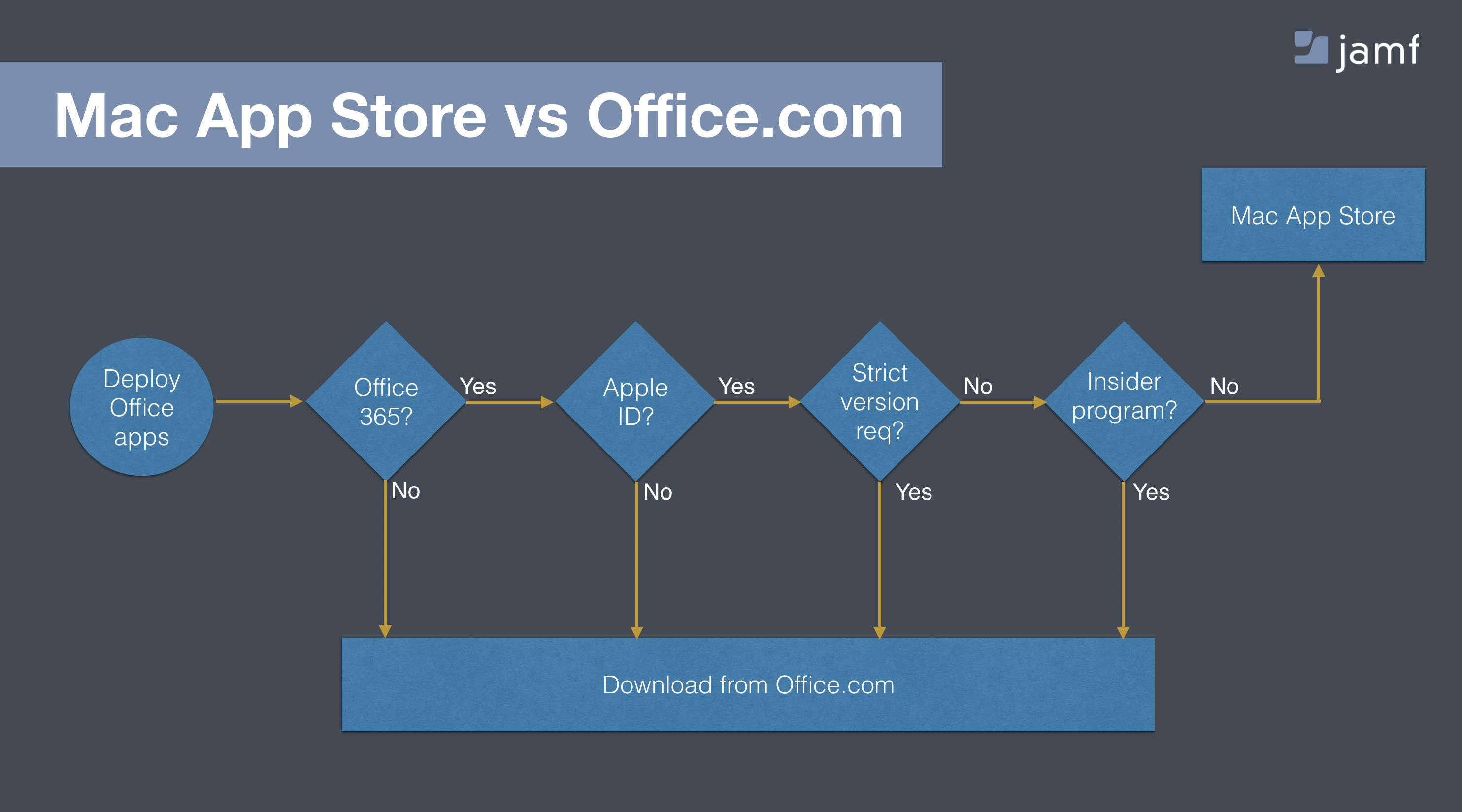

- Uninstall office 2011 for mac jamf how to#
- Uninstall office 2011 for mac jamf install#
- Uninstall office 2011 for mac jamf update#
- Uninstall office 2011 for mac jamf software#
- Uninstall office 2011 for mac jamf download#

Before you deploy, review the information about how activation works in Office for Mac. For links to those, see Most current packages for Office for Mac.Īctivation: To use Office for Mac, it needs to be activated. Also, you can't have Office for Mac (from an Office 365 plan) along with either Office 2016 for Mac or Office 2019 for Mac (both of which are one-time purchase versions) installed on the same computer.ĭeploying individual apps: Installer package files for individual applications are available on the Office Content Delivery Network (CDN). Side-by-side installation: You can't have Office 2016 for Mac and Office 2019 for Mac installed on the same computer. This includes information about system requirements, language support, and new features. What's new: Before you deploy, review the information about what's new for admins in Office for Mac. Whichever deployment method you decide to use, the following information can help you plan your Office for Mac deployment. Additional deployment information for Office for Mac Even though you can't customize app bundles, you can configure preferences for each app. This change prevents Excel from starting. For example, even if you don't need the French language resource files for Excel, don't delete them. Don't add, change, or remove files in an app bundle. These changes mean that you can't customize the app bundle before or after you deploy Office. There are changes in Office for Mac to improve security, including implementing Apple app sandboxing guidelines. You can also use Apple Remote Desktop and AppleScript. Some of the most common tools are Jamf Pro, Munki, and AutoPkg.
Uninstall office 2011 for mac jamf software#
That means you can use the software distribution tools that you normally use to deploy software to Mac users. Office for Mac uses the Apple Installer technology for installation. Unlike Office 2016 for Mac, the installer package for Office 2019 for Mac isn't available on the Volume Licensing Service Center (VLSC).ĭeploy Office for Mac to users in your organization.How you activate the product determines whether you get the features for Office for Mac or the features for Office 2019 for Mac. The same installer package is used for Office for Mac and Office 2019 for Mac.For links to those, see Most current packages for Office for Mac.
Uninstall office 2011 for mac jamf update#
Installer and update packages for individual applications are also available on the Office CDN.Office 2016 for Mac (for retail or volume licensed versions).


Office 2019 for Mac (for retail or volume licensed versions).Here are the links to the installer packages for the Office suite, which contains all the applications:
Uninstall office 2011 for mac jamf download#
The easiest way to download Office for Mac, and ensure you're always getting the most current version and build, is to download directly from the Office Content Delivery Network (CDN) on the internet. Download Office for Mac to your local network To plan your deployment, review the following information.
Uninstall office 2011 for mac jamf install#
To install Office for Mac, a user has to be administrator on the Mac or know an administrator account name and password.īut, if you deploy Office for Mac for your users, you have more control over the deployment, including which users get Office for Mac and when.
Uninstall office 2011 for mac jamf how to#
If you have an Office 365 plan, you can provide your users with instructions on how to download and install Office for Mac for themselves. Provide your users with the installer package file, and have them install Office for Mac for themselvesĭownload the installer package file to your local network, and then use your software distribution tools to deploy Office for Mac to your users There are two basic ways that you, as an admin, can deploy Office for Mac to users in your organization:


 0 kommentar(er)
0 kommentar(er)
